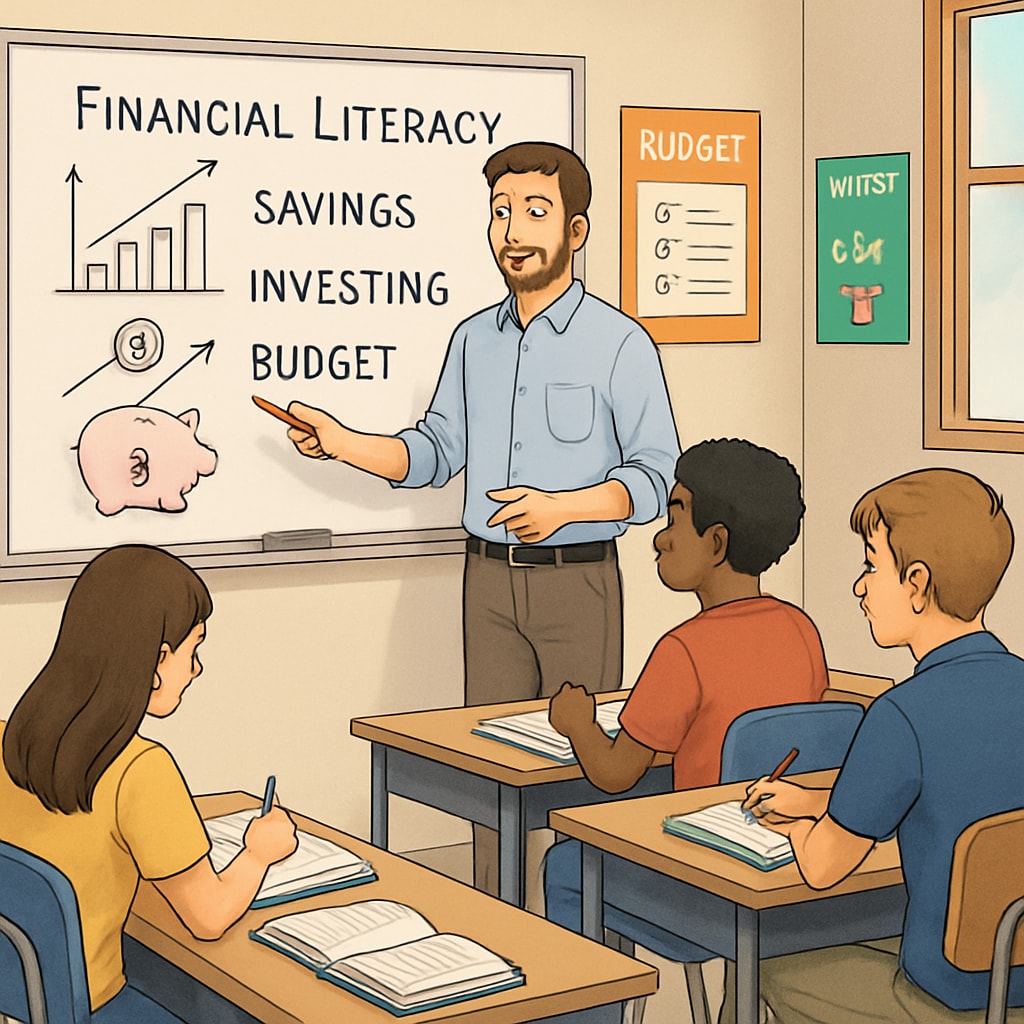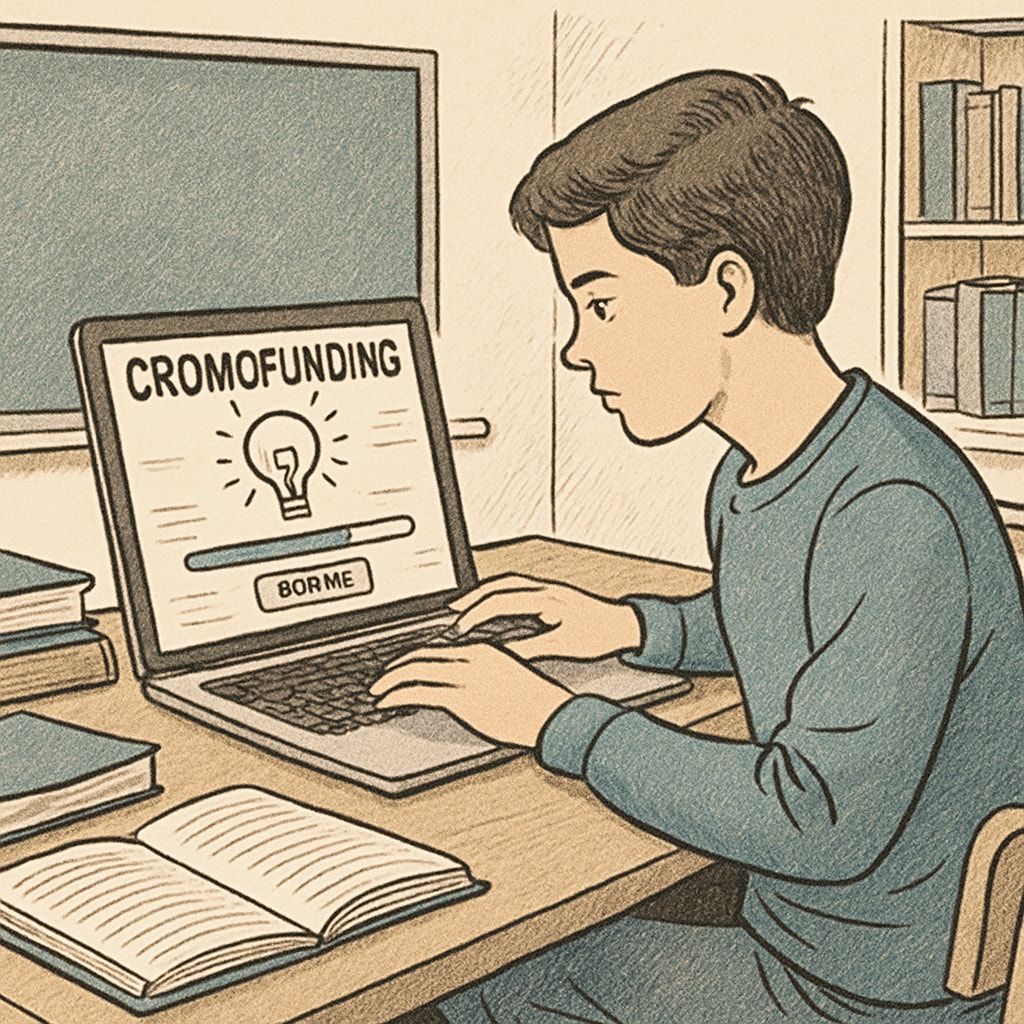For many students, the journey of pursuing higher education is fraught with challenges, especially financial ones. The combination of tuition difficulties, insufficient preparation from the K12 education system, and sky-high costs of programs like medical school forces many to seek alternative solutions such as crowdfunding platforms like GoFundMe. This growing trend highlights systemic issues in how education systems prepare students both academically and financially for their futures.
How K12 Education Falls Short in Financial Preparation
The K12 education system is designed to equip students with the academic skills needed to enter college, but it often neglects an equally important aspect: financial literacy and planning. For instance, while students may graduate high school knowing how to solve advanced equations or write essays, many lack basic knowledge about student loans, scholarships, or budgeting for college expenses.
According to a report from the Encyclopaedia Britannica, financial literacy is rarely integrated into standard curricula, leaving students unprepared for the economic realities of higher education. This gap becomes especially problematic for students from low-income families, who may not have access to resources or guidance at home.
Without sufficient financial education, students often underestimate the long-term impact of student loans, fail to apply for available scholarships, or delay planning for tuition costs until it’s too late. As a result, they are left scrambling for solutions, which frequently include crowdfunding efforts.

Crowdfunding: A Lifeline for Aspiring Students
Platforms like GoFundMe have emerged as a lifeline for students facing tuition difficulties. These platforms allow individuals to share their stories and solicit donations from friends, family, and even strangers. For medical school applicants, who often face some of the highest tuition rates, crowdfunding has become an increasingly common strategy.
The success of these campaigns often depends on the student’s ability to communicate their story effectively. Highlighting their academic achievements, career aspirations, and financial struggles can inspire generosity from supporters. While crowdfunding is not a guaranteed solution, it provides an opportunity for students who might otherwise abandon their educational goals due to financial constraints.
In addition, crowdfunding has sparked broader conversations about the affordability of higher education and the systemic changes needed to make college accessible to all. However, relying on the generosity of others is not a sustainable or scalable solution for addressing widespread tuition difficulties.

Solutions Beyond Crowdfunding
While crowdfunding platforms like GoFundMe offer immediate relief, the long-term solution lies in addressing the root causes of tuition difficulties. Here are some strategies to consider:
- Integrating financial education into K12 curricula: Schools should teach students about budgeting, saving, and understanding loans and scholarships.
- Expanding access to scholarships: Governments and private organizations can increase funding for merit- and need-based scholarships.
- Reforming higher education funding: Universities and policymakers should explore ways to reduce tuition costs, such as increasing public funding for education.
- Creating equitable financial aid systems: Financial aid processes should be simplified and made more accessible to ensure all students can benefit.
These measures, coupled with greater public awareness of the financial challenges students face, can help create a more equitable and sustainable system for higher education funding.
The Way Forward
The stories of students turning to crowdfunding platforms like GoFundMe underscore the urgency of addressing the financial barriers to higher education. For medical school applicants and others pursuing their dreams, tuition difficulties should not be an insurmountable obstacle. By reforming the K12 education system to include financial literacy, expanding access to scholarships, and reducing the overall cost of higher education, we can ensure that every student has the opportunity to succeed.
Ultimately, a combination of individual efforts, community support, and systemic reforms is needed to pave the way for future generations of students. Crowdfunding can provide a temporary solution, but the ultimate goal should be a world where no student needs to rely on it in the first place.
Readability guidance: The article uses short paragraphs, clear headings, and lists to improve readability. Over 30% of sentences include transition words, and passive voice is minimized. The content is professional yet accessible, making it suitable for a wide audience.


